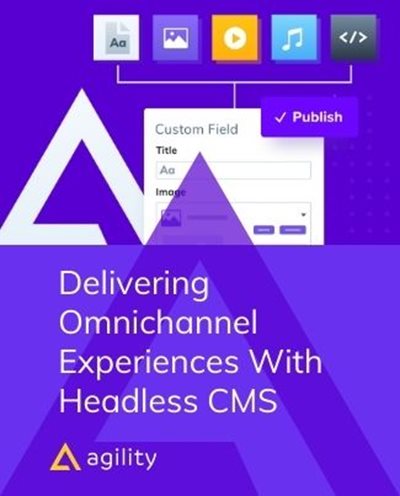Welcome to Agility's Resource Center
Top eBooks recommended for you
If you read anything on this page, make sure you grab these.
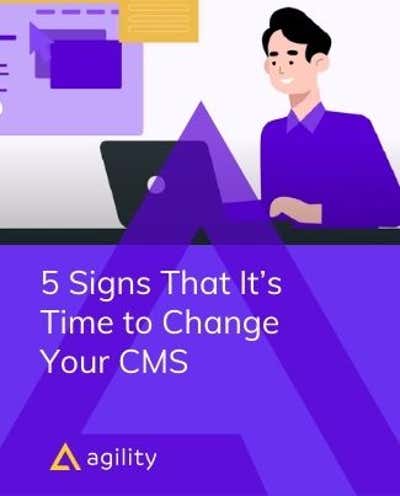
5 Signs That It’s Time to Change Your CMS
Your CMS should be flexible, agile, secure and allow you to scale as your company evolves. As the technology industry grows, your digital content needs will change; new applications will need to be integrated and new functionality will need to be added. Your CMS should be able to offer all these things to you. So, when is it time to change your CMS? Here are five significant signs that will help you with your decision making and when it’s time to re-evaluate in order to grow your business.

Digital Transformation Guide: Using Modern DXP Solutions
The Digital Transformation Guide for CMOs and Digital Leaders.
Learn modern Digital Transformation best practices from our thought leadership Webinars

Webinar: Where MarTech Meets Composable DXP. How to build your Enterprise Stack
A composable DXP has arguably never been more critical than it is today as content continues to play a major role in how every company operates.

Webinar: Multisite Digital Solutions Done Right. Multiple websites shouldn't multiply your workload
Need to manage multiple websites?
Featured Case Studies
Learn why leading brands and Fortune 500 companies choose Agility CMS as the heartbeat of their Digital Transformation.

Cineplex: Ultimate Performance, Scalability and Usability for Movie Theater Giant
"With Agility we can decouple content from code, allowing content editors to work on their updates while we focus on what really matters: making our platform better for our users." - Vinícius Philot, Frontend Web Developer

Mitsubishi Electric: Driving Innovation with Digital Transformation
MEPPI adds products & industries as their business expands, while Agility CMS provides an agile and future-proof platform for content expansion. Read more!

Modern Multisite Solution for Oxford Properties
Oxford Properties builds leading real estate businesses, with Agility CMS they can upload new multisite quickly and easily.
Guides and Whitepapers
Learn how to take your digital strategy and implementation to the whole new level with composable technology, digital marketing trends and everything you need to know about Enterprise grade headless CMS.
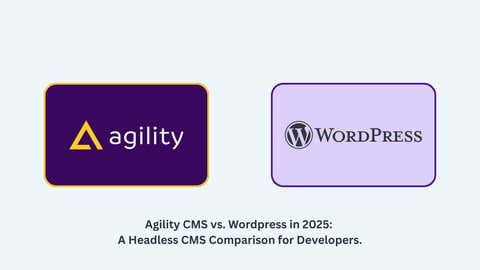
Agility CMS vs. Headless WordPress in 2025-2026: A Strategic Headless CMS Comparison for Developers
Comparing Agility CMS vs. WordPress for Developers in 2025-2026
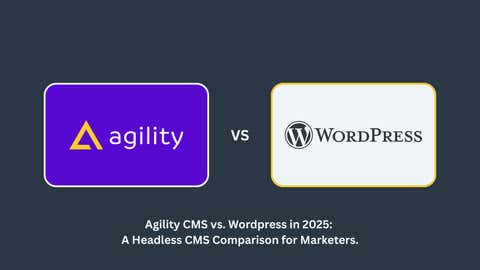
Agility CMS vs. WordPress in 2025-2026: A Strategic Headless CMS Comparison for Marketers
Comparing Agility CMS vs. WordPress for Marketers in 2025-2026
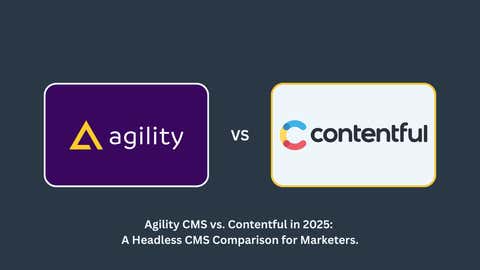
Agility CMS vs. Contentful in 2025-2026: A Strategic Headless CMS Comparison for Marketers
A strategic, marketer-centric look at Agility CMS vs Contentful in 2025-2026.
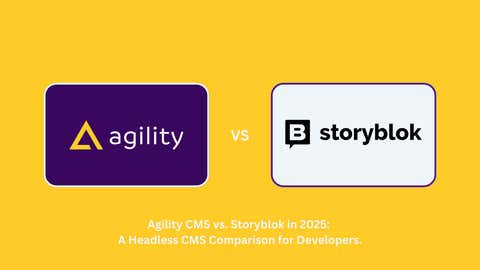
Agility CMS vs. Storyblok in 2025-2026: A Strategic Headless CMS Comparison for Developers
Comparing Agility CMS vs Storyblok in 2025-2026 from a developer perspective.
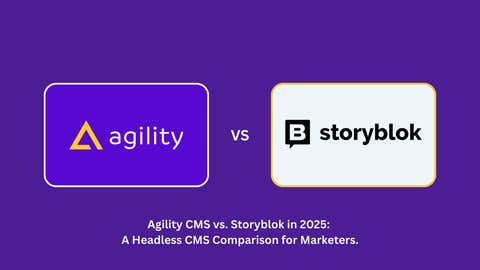
Agility CMS vs. Storyblok in 2025-2026: A Strategic Headless CMS Comparison for Marketers
A strategic, marketer-centric look at Agility CMS vs Storyblok in 2025-2026.

Agility CMS vs. Contentful in 2025-2026: A Strategic Headless CMS Comparison for Developers
A 2025-2026 comparison of Agility CMS vs Contentful for Developers

Breaking Barriers & Building Agility: Leadership Insights with Jina Zohori
Leadership Insights with Jina

From Startup to Innovation Leader: The Agility Story and the Evolution of CMS
The Agility Story and the Evolution of CMS
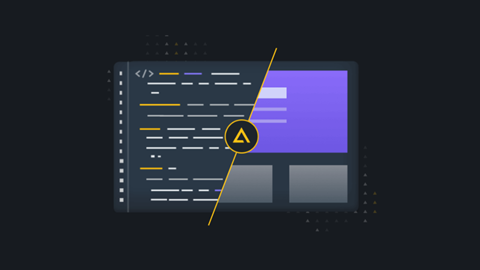
What is a Headless CMS?
A headless CMS is decoupled from the presentation layer or frontend, which is referred to as the "head", allowing you to deliver content to any device via APIs.

Kontent.ai vs Agility CMS
Which CMS is best for you?

Umbraco vs Agility CMS
Which CMS suits your needs best?
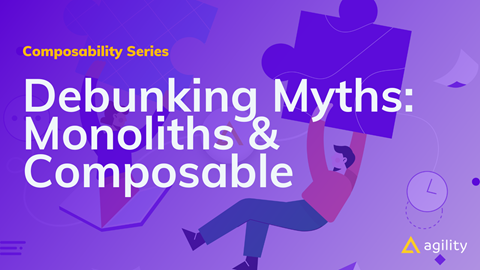
Debunking Myths: Monoliths & Composable
Reflecting on trends

Configuring a Future-Ready Content Platform
How to Future-Proof Your Content

Understanding Composability: On-demand Webinar
On-demand Composability Webinar

Make Usability Your Top Priority
4 must-haves for unbeatable usability in your Content Platform


